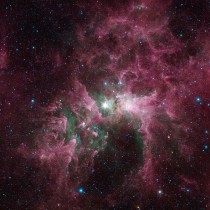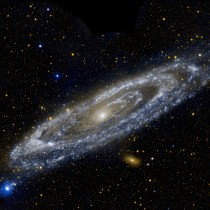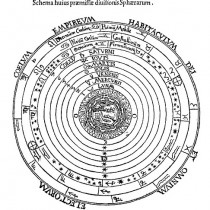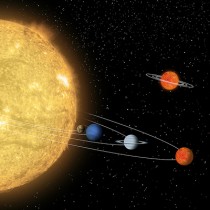Why infrared? (earliest galaxies edition)
- By Maggie Masetti
- September 12, 2013
- Comments Off on Why infrared? (earliest galaxies edition)
This is the second blog in a series which asks the question, why infrared? Last time we looked at how infrared light could reveal baby stars hidden from visible-light observatories by opaque clouds of gas. In this blog I’m going to talk about (what else?) the James Webb Space Telescope … Continue Reading →
Podcast: How We Learn, Part 4 of our interview with “The Bad Astronomer,” Dr. Phil Plait
- By Maggie Masetti
- September 9, 2013
- Comments Off on Podcast: How We Learn, Part 4 of our interview with “The Bad Astronomer,” Dr. Phil Plait
Click to listen! (7MB MP3, right-click to save) Transcript (Text, PDF) Here’s the last part of our four part interview with Dr. Phil Plait, the “Bad Astronomer.” Phil is a scientist who now writes about science for the public, with a large focus on debunking bad science and astronomy. In … Continue Reading →
Happy birthday, Spitzer!
- By Maggie Masetti
- September 6, 2013
- Comments Off on Happy birthday, Spitzer!
Seems like only yesterday we were celebrating the 5th birthday of the Fermi Gamma-ray Space Telescope. As it turns out, there’s another space telescope celebrating a big anniversary – the Spitzer Space Telescope just turned ten on August 25th! I know talk a lot about JWST and how amazing it’s … Continue Reading →
Happy birthday, Fermi!
- By Maggie Masetti
- August 23, 2013
- Comments Off on Happy birthday, Fermi!
Recently we passed the 5th birthday of NASA’s Fermi Gamma-ray Space Telescope. And there was cake! Yup, this satellite is made of cake! And candy! Credit: Eric Winter We recently asked, why infrared? And we could just as easily ask, why gamma-rays? As it turns out, there are many strange … Continue Reading →
Why infrared? (nebula edition)
- By Maggie Masetti
- August 16, 2013
- 2 Comments
As someone who fields a lot of questions about the James Webb Space Telescope, a giant infrared observatory being built right now, I see a lot of “Why infrared?” questions. There are a lot of answers to this, but here’s one I think is particularly interesting and illustrative of why … Continue Reading →
Celebrating GALEX
- By Maggie Masetti
- August 2, 2013
- 1 Comment
We recently said a fond farewell to the Galaxy Evolution Explorer (GALEX) mission, which was decommissioned in June. GALEX had a single instrument onboard that was both an imager and a spectrometer at UV wavelengths. It was launched in April of 2003, and spent 10 years studying hundreds of millions … Continue Reading →
Los Fundamentos del Universo a Través de Filosofía y la Política : Primera Parte (The Basics of the Universe through Philosophy and Politics : Part 1)
- By Elvia Ramirez-Vidal
- July 31, 2013
- Comments Off on Los Fundamentos del Universo a Través de Filosofía y la Política : Primera Parte (The Basics of the Universe through Philosophy and Politics : Part 1)
[Sara’s note: We are once again thrilled to have a bilingual blog from Elvia – this is the first part in a short series about the historical intersection of astronomy, philosophy, and politics. A translation to English follows the Spanish text.] Si hay un área en el estudio del universo … Continue Reading →
Next Stop: Voids
- By Jason McCracken
- July 30, 2013
- Comments Off on Next Stop: Voids
If I were going to pull an epic heist on a diamond planet, wouldn’t hiding out in a universally massive void that is larger than galaxies (and has less going on than Kadykchan, Russia) be an excellent choice? Perhaps there we could start the first universal free trade black market. … Continue Reading →
Next Stop: Diamond Planets
- By Jason McCracken
- July 12, 2013
- 3 Comments
So here we are, two souls bound by the gravity of our hearts, orbiting each other’s thoughts as the universe sets on the cosmic ocean. The universe seems to slow as we drift around the quasar, and millennia seem to pass. Stars shoot across the void, and our eyes connect. … Continue Reading →
Politóloga en la NASA (A Political Scientist at NASA)
- By Elvia Ramirez-Vidal
- July 8, 2013
- Comments Off on Politóloga en la NASA (A Political Scientist at NASA)
[Sara’s note: We are incredibly excited to introduce a new guest blogger, Elvia Ramirez-Vidal. She’ll be contributing a few bilingual blog posts to Blueshift while she’s here for the summer. This is Blueshift’s first foray into another language… but hopefully not our last! A translation to English follows the Spanish … Continue Reading →























